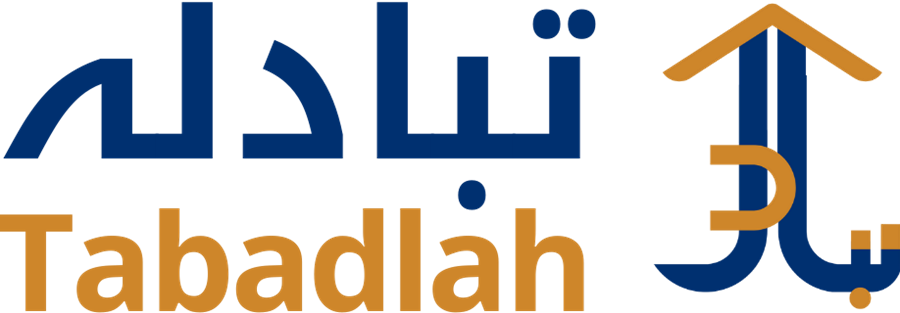- Three-fourths will be in shape of concessional IDA lending.
- CPF aims to support 12m students; quality health for 50m people.
- Programme to also focus on scaling down child stunting.
ISLAMABAD: The World Bank, via its $20 billion Country Partnership Framework (CPF) for a period of 10 years, has decided to focus on six major areas including increased resilience to climate change, clean energy etc., The News reported on Monday.
The WB’s CPF will focus on six major areas, including reducing child stunting, reducing learning poverty, better air quality, more public resources for inclusive development and increasing productive private investment.
The bank’s lending will be the largest commitment for a ten-year period after the International Monetary Fund’s (IMF) 37-month Extended Fund Facility (EFF) of $7 billion.
Previously, the lender used to provide CPF for only three to five years period.
CPF envisages targets including jacking up tax revenues to the gross domestic product (GDP) ratios from 8.8% to above 15% with increased revenue collection, enabling 10 gigawatts (GW) of renewable energy capacity, 12 million students supported with better education with a focus on foundational learning of primary and secondary education, 30m people with strengthened food and nutrition security, 75m for extending support to combat climate resilience related to super floods and climate-related disasters, 50m people receiving quality health, nutrition and population services, 30m women using modern contraceptives, 60m people provided with water, sanitation and hygiene facilities.
The WB’s Board of Directors is scheduled to meet on Tuesday (tomorrow) in Washington, DC, to approve Pakistan’s CPF for the next ten years with a commitment of $20 billion. It is expected that out of the $20 billion lending from the WB, three-fourths will be in the shape of concessional IDA lending while the remaining portion will be provided in the shape of IBRD.
The IFC funding will be over and above this commitment. It has not yet been ascertained how much resource envelope will be allocated for budgetary support or DPLs out of total committed lending from the World Bank.
Top official sources confirmed to the publication on Sunday that the WB envisaged scorecard targets on six focused country outcomes, all of which enjoy strong support across the political spectrum. The 10 decade-targets under these outcomes draw largely from the new WBG Corporate Scorecard and align with the WBG’s globe and and regional priorities.
These areas were selected based on: (i) key diagnostics — prioritising areas where Pakistan lags the most; (ii) the government’s own priorities and strategies such as the Planning Commission’s 5E Framework to Turn Around Pakistan and various sectoral strategies including provincial programmes and priorities, as well as civil society, academia, and private sector inputs received through wide consultations conducted over the year across the country; and (iii) the WBG’s track record and comparative advantages, informed by local and global knowledge.
The lender will focus on supporting scaling down child stunting including health, nutrition, and family planning particularly for adolescent girls, mothers, and newborns; as well as a water, sanitation, and hygiene agenda.
The second priority area will be focused on reducing learning poverty through improved enrolment and attendance in quality primary and secondary schools that provide strong foundational learning, especially for girls.
The increased resilience to climate change — particularly to floods and other climate disasters and addressing the water-agriculture-climate nexus to improve food and nutrition security. Cleaner energy and better air quality — via a sustainable transition to lower greenhouse gas (GHG) emissions intensity and cheaper energy and reducing sources of air pollution in key sectors.
More public resources for inclusive development — by raising tax revenues and rationalising expenditures, to eventually increase progressive and efficient social and development spending. Increased productive private investment — to raise productivity, trade balance, and job creation.
The CPF proposes a long-term strategic approach with five- and 10-year targets. A mid-term review in FY30 will allow to course-correct and decide whether to extend the CPF period to 10 years. Implementation will be supported by two-year rolling business planning with the government, which will define the project pipeline and knowledge investments in support of reaching the 10-year targets. These will be updated on a yearly basis.
With 10-year targets driving strategic programming, the data and monitoring and evaluation (M&E) agenda will be core to this CPF, including via setting up a Pakistan Data and M&E Lab, with a special focus on impact evaluation of key operations, particularly regarding gender outcomes. The business planning process will incorporate global knowledge to support analytics, implementation and just-in-time advisory.










